**XX of the Scariest Myths About Snakes Most of Us Believe**
Snakes have long slithered their way into our imaginations, often wrapped in mystery and dread. Despite being fascinating creatures, these legless wonders are frequently misunderstood and feared, thanks to a slew of myths that have persisted over the years. Whether you’re a herpetology enthusiast or someone who prefers to admire these reptiles from a safe distance, it’s time to shed some light on these prevalent misconceptions. Let’s unravel XX of the scariest myths about snakes that most of us believe, but really shouldn’t.
1. All Snakes Are Venomous
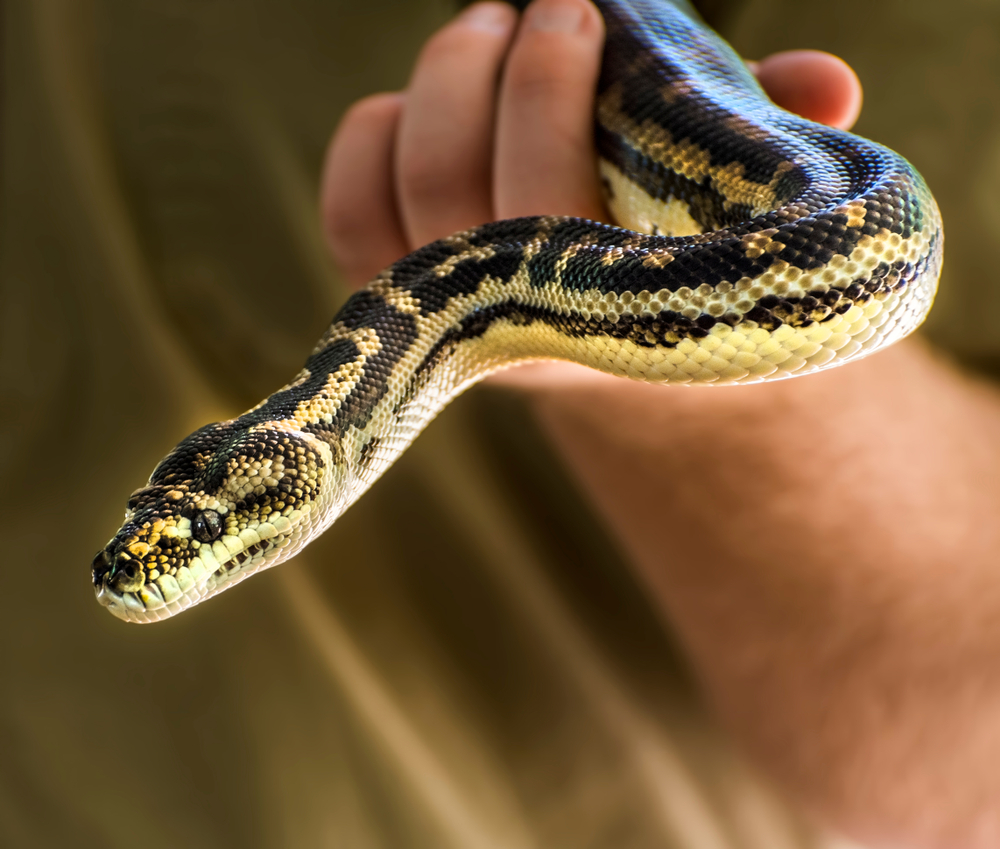
The belief that all snakes are venomous is a common one, often resulting in unnecessary panic. In reality, only about 15% of snake species worldwide are venomous, and even fewer pose any real threat to humans. The vast majority of snakes are harmless, playing essential roles in their ecosystems by controlling pest populations. Understanding the difference between venomous and non-venomous snakes can help us appreciate their ecological significance without undue fear.
2. Snakes Will Chase You
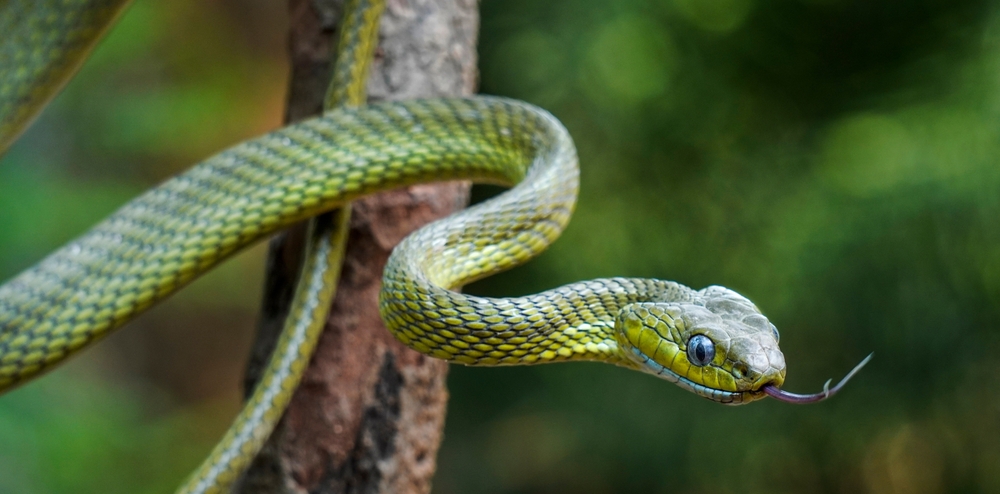
The idea of a snake relentlessly pursuing a human is more fiction than fact. Snakes are generally shy creatures that prefer to avoid confrontation. When they feel threatened, their first instinct is to flee rather than chase. Most perceived “chases” occur when a snake is trying to escape to safety and happens to move in the same direction as a person. Giving them space is the best way to avoid any misunderstandings.
3. Snakes Are Slippery
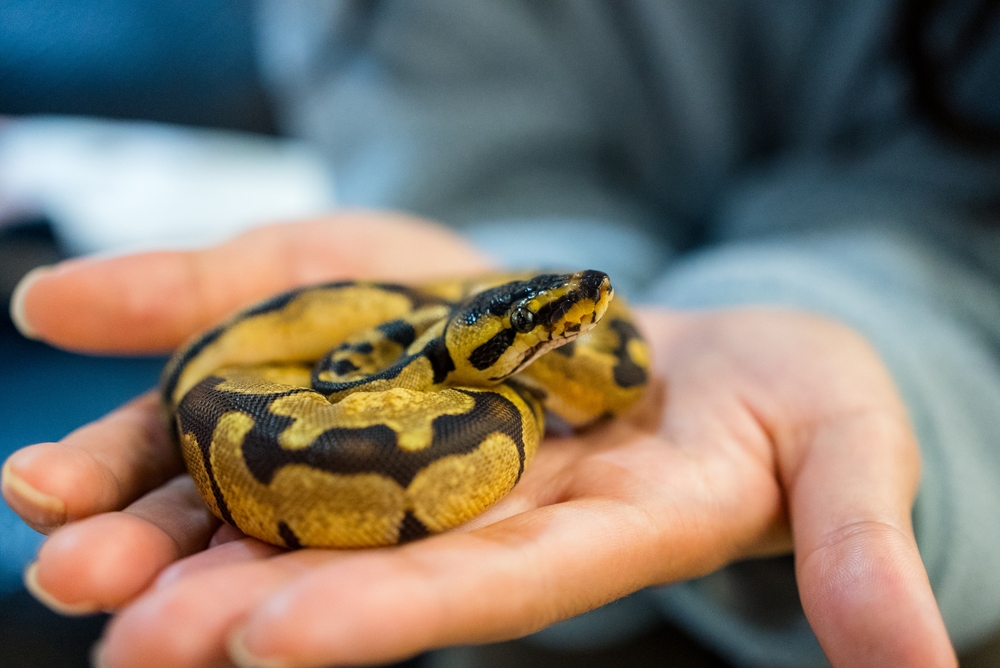
Many people imagine snakes as slimy, slippery creatures, but this couldn’t be further from the truth. Snakes have dry, scaly skin that helps them move efficiently and protect themselves from the environment. Their scales are actually smooth and may feel quite silky to the touch. This myth likely stems from their quick, fluid movements, which can create the illusion of slipperiness from a distance.
4. Snakes Are Aggressive
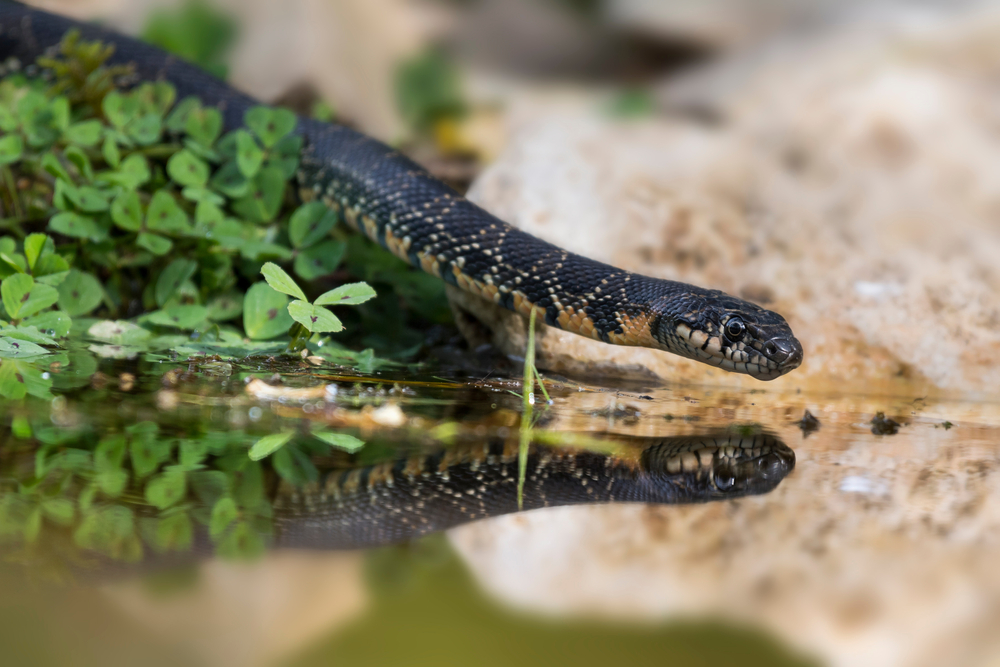
Contrary to popular belief, snakes are not inherently aggressive creatures. They are more interested in self-preservation than confrontation. When a snake appears aggressive, it is usually acting defensively, trying to warn off perceived threats. This defensive behavior can include hissing or striking, but it’s a last resort. By understanding their body language and respecting their space, we can coexist peacefully with these remarkable reptiles.
5. Snakes Hypnotize Their Prey
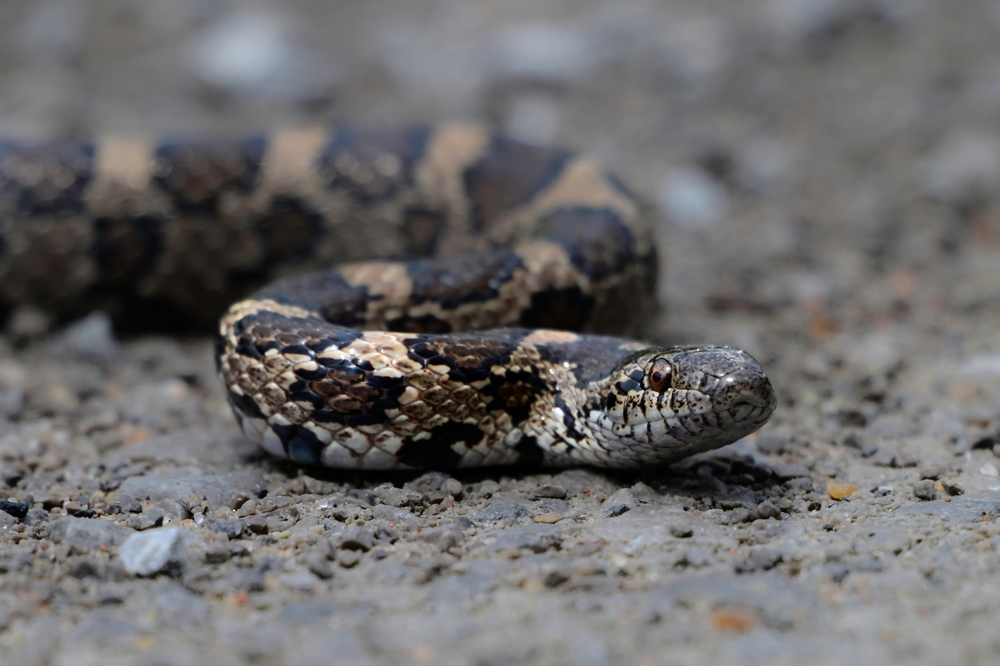
The myth of snakes hypnotizing their prey is a captivating tale, but it doesn’t hold water. Snakes do not possess any magical powers of hypnosis. Their fixed gaze, due to the lack of eyelids, may give the impression of a trance, but it’s simply how they observe their environment. Snakes rely on stealth, speed, and precision to capture their prey, not mind control. This myth underscores the mysterious aura that often surrounds snakes.
6. Snakes Have No Bones

The notion that snakes are boneless is a myth that likely arises from their incredible flexibility. In reality, snakes have numerous bones—up to 400 vertebrae connected by ribs, allowing them to slither and twist with ease. This skeletal structure is what makes them such adept hunters and escape artists. Far from being boneless, snakes possess a complex anatomy that enables their unique mode of locomotion.
7. Snakes Can Dislocate Their Jaws
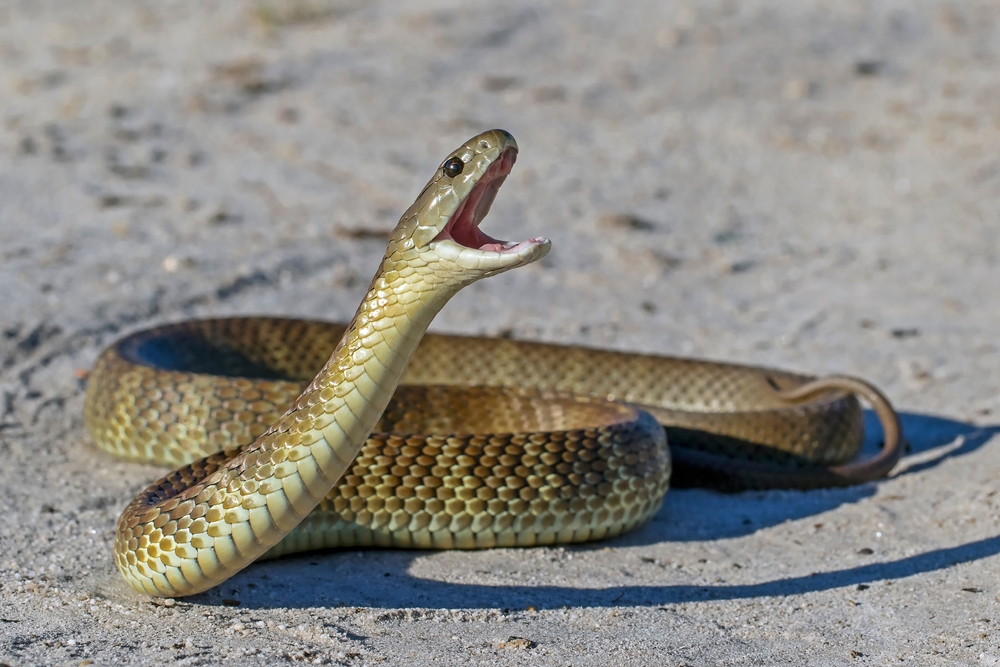
Despite popular belief, snakes do not dislocate their jaws to consume large prey. Instead, they have highly flexible ligaments that allow their jaws to stretch and open wide. This adaptation enables them to swallow prey much larger than their head. The ability to stretch their jaws is a fascinating aspect of snake biology that contributes to their success as predators, showcasing the marvel of evolutionary design.
8. Snakes Only Live in the Wild
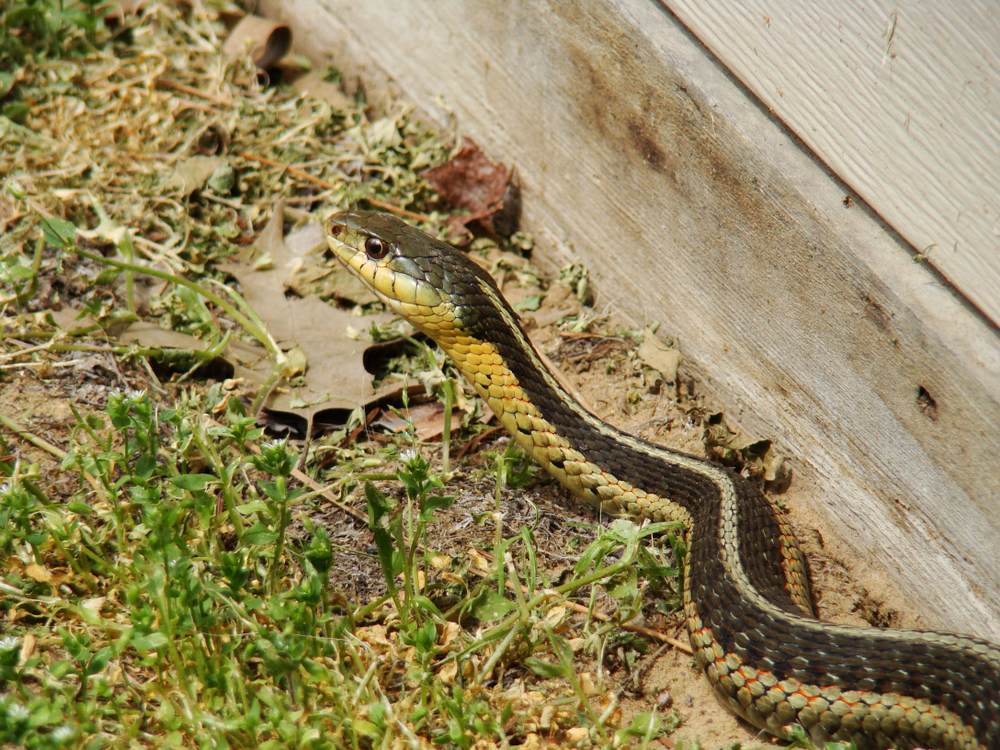
Snakes have adapted to various environments, including urban areas. While many species do thrive in the wild, some have found niches in human-dominated landscapes, like gardens or farms, where they help control pest populations. Encountering a snake in your backyard might be surprising, but it’s a testament to their adaptability. By learning more about these urban dwellers, we can find ways to coexist with them safely.
9. Snakes Are Deaf
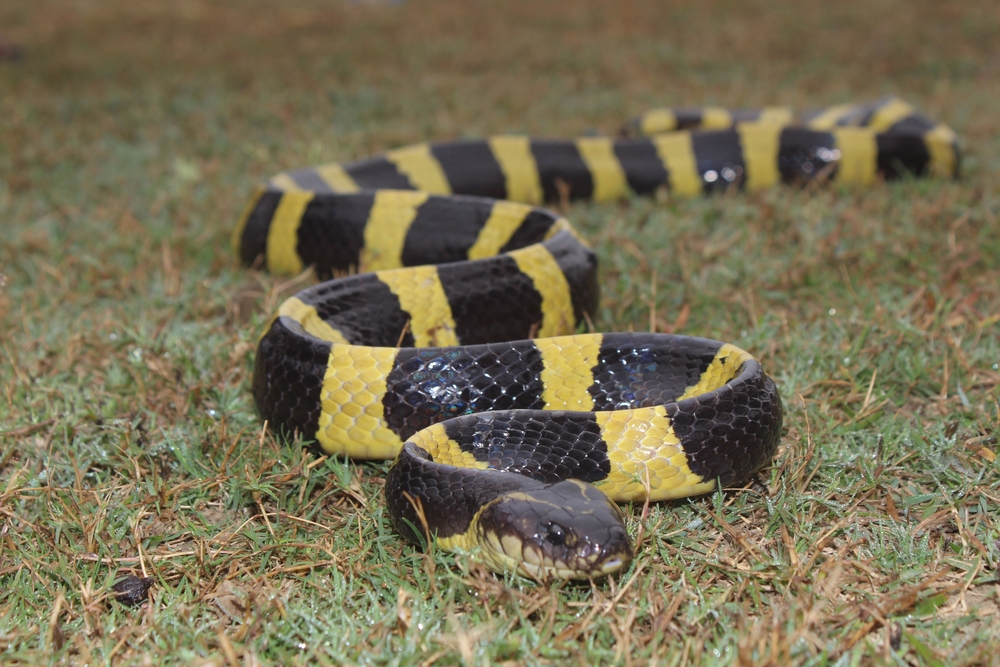
The idea that snakes are completely deaf is a misinterpretation of their unique auditory abilities. While they lack external ears, snakes can detect vibrations through their jawbones, enabling them to sense nearby movement and sounds. This adaptation helps them navigate their environment and hunt effectively. Understanding how snakes perceive the world can enhance our appreciation for their sensory capabilities and dispel the myth of their supposed deafness.
10. Snakes Are Cold and Unfeeling

The stereotype of snakes as cold and unfeeling is more about human perception than reptilian reality. As ectotherms, snakes rely on external heat sources to regulate their body temperature, leading to the misconception that they are emotionally cold as well. While they may not express emotions like mammals, snakes exhibit complex behaviors, including social interactions and parental care in some species. Recognizing their behavioral nuances helps dismantle this myth.
11. Snakes Are Evil

The portrayal of snakes as evil beings is deeply rooted in cultural and religious symbolism. However, in reality, snakes are simply animals, neither good nor evil. They play vital roles in their ecosystems, maintaining the balance of nature. By understanding their ecological importance and separating myth from fact, we can learn to respect snakes as integral parts of the natural world rather than as symbols of malevolence.
12. Snakes Are Always Dangerous
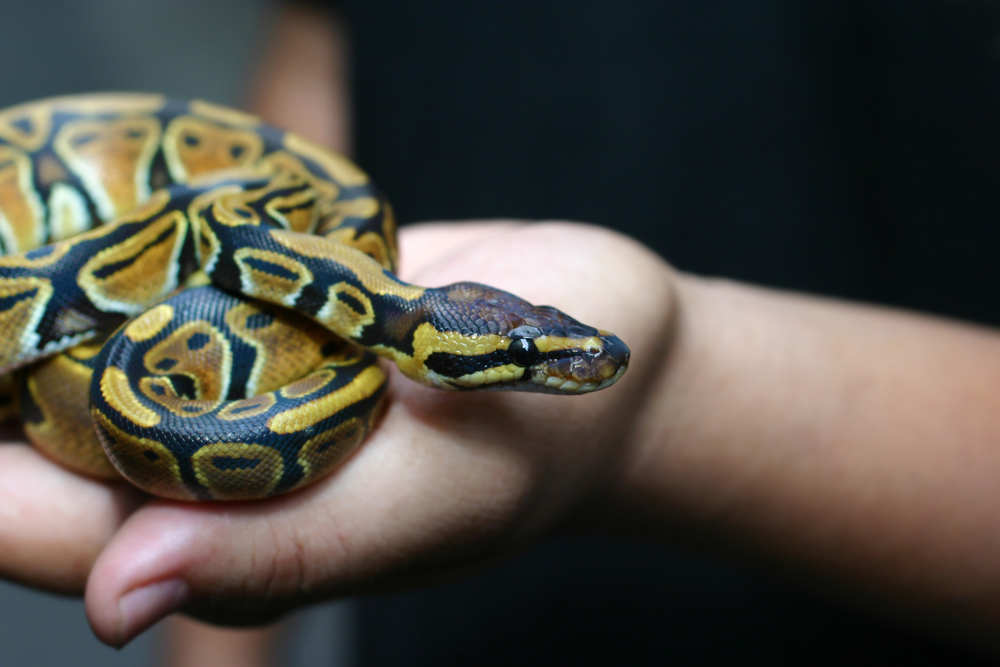
While some snakes can be dangerous due to their venom, the vast majority pose no threat to humans. Most snake species are non-venomous and are more interested in avoiding us than engaging in conflict. Even venomous snakes typically avoid humans and only bite in self-defense. By educating ourselves about different species and their behaviors, we can reduce unnecessary fear and appreciate the diversity of the snake world.
13. Snakes Are Pest
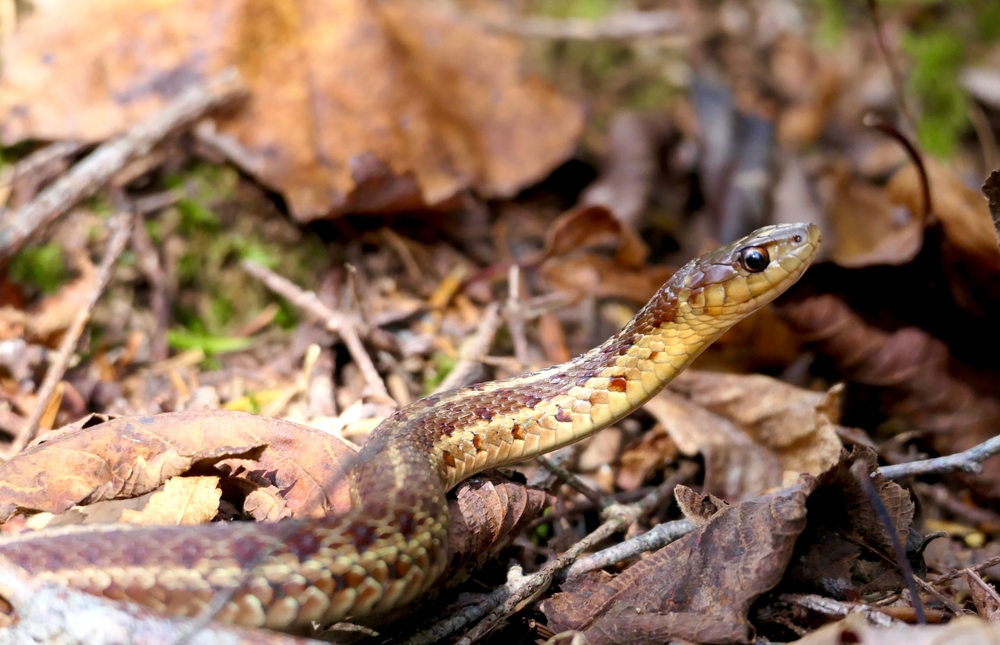
Labeling snakes as pests ignores the crucial role they play in controlling real pests like rodents and insects. Snakes help maintain ecological balance by keeping these populations in check, which can benefit human agriculture and reduce the spread of disease. Far from being nuisances, snakes are valuable allies in managing ecosystems. Recognizing their positive impact is key to understanding their place in the natural order.
14. All Big Snakes Are Dangerous
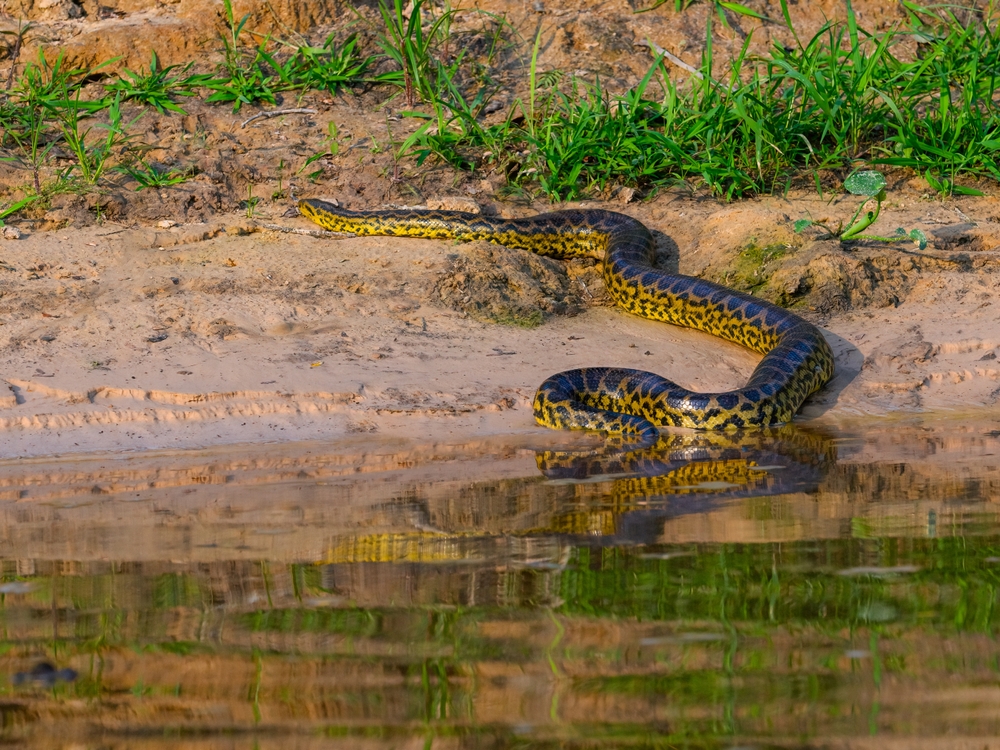
Size doesn’t always equate to danger when it comes to snakes. While large species like pythons and anacondas can be intimidating, they are generally not aggressive towards humans unless provoked. Many big snakes are non-venomous constrictors, relying on their size and strength to subdue prey. Understanding their natural behaviors and respecting their space enables us to coexist with these magnificent giants without fear.
15. Snakes Are Useless
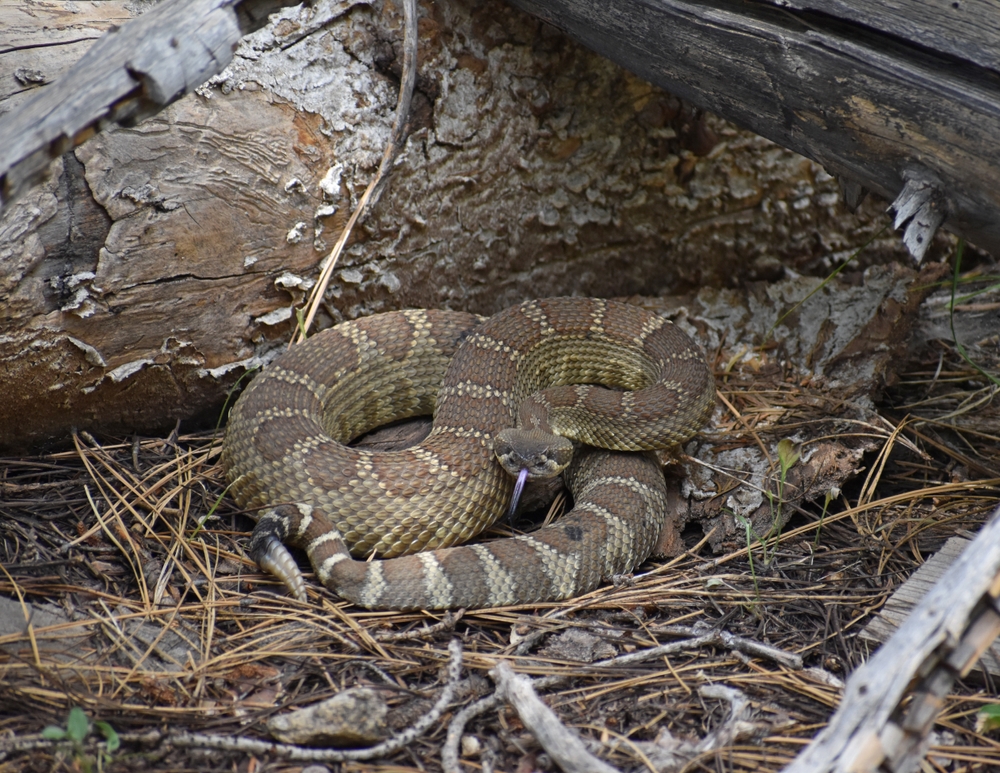
The myth that snakes serve no purpose couldn’t be further from the truth. Snakes are vital components of their ecosystems, contributing to biodiversity and environmental health. They help control pest populations, which benefits both agriculture and human health. Additionally, snake venom has led to medical advances, including treatments for various diseases. Appreciating the ecological and scientific value of snakes is essential in fostering a more informed and balanced view of these remarkable reptiles.
